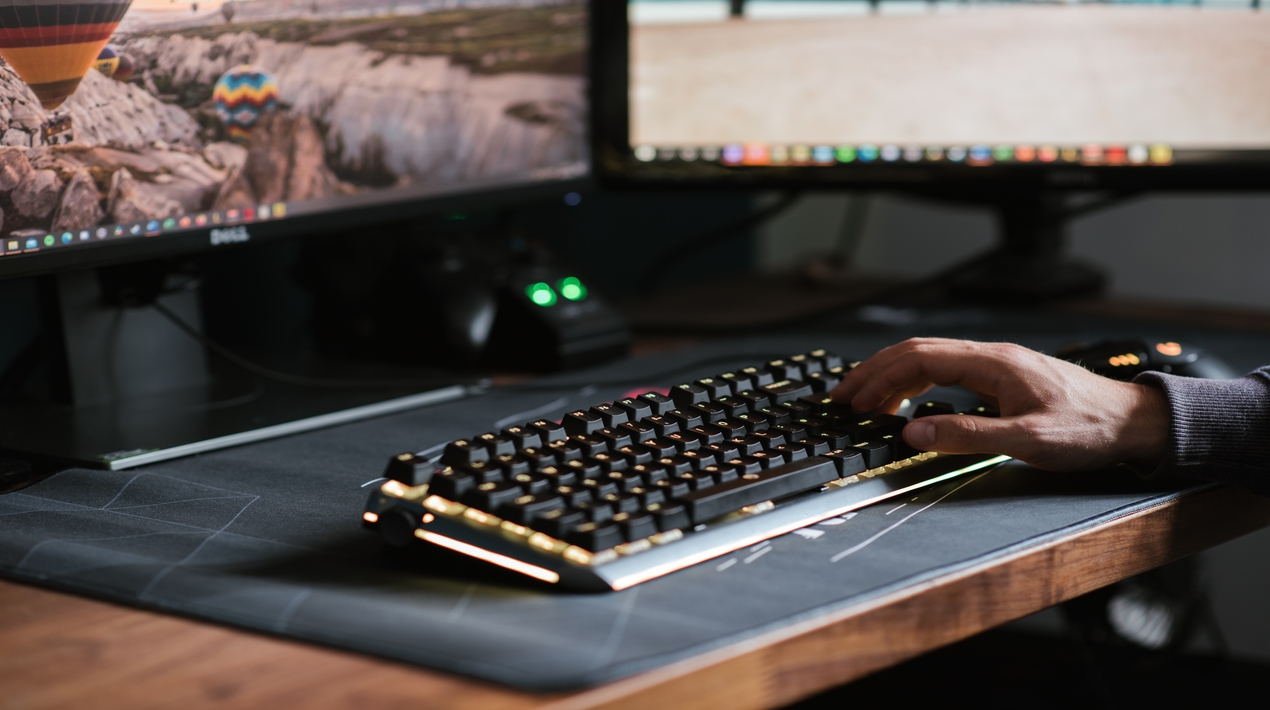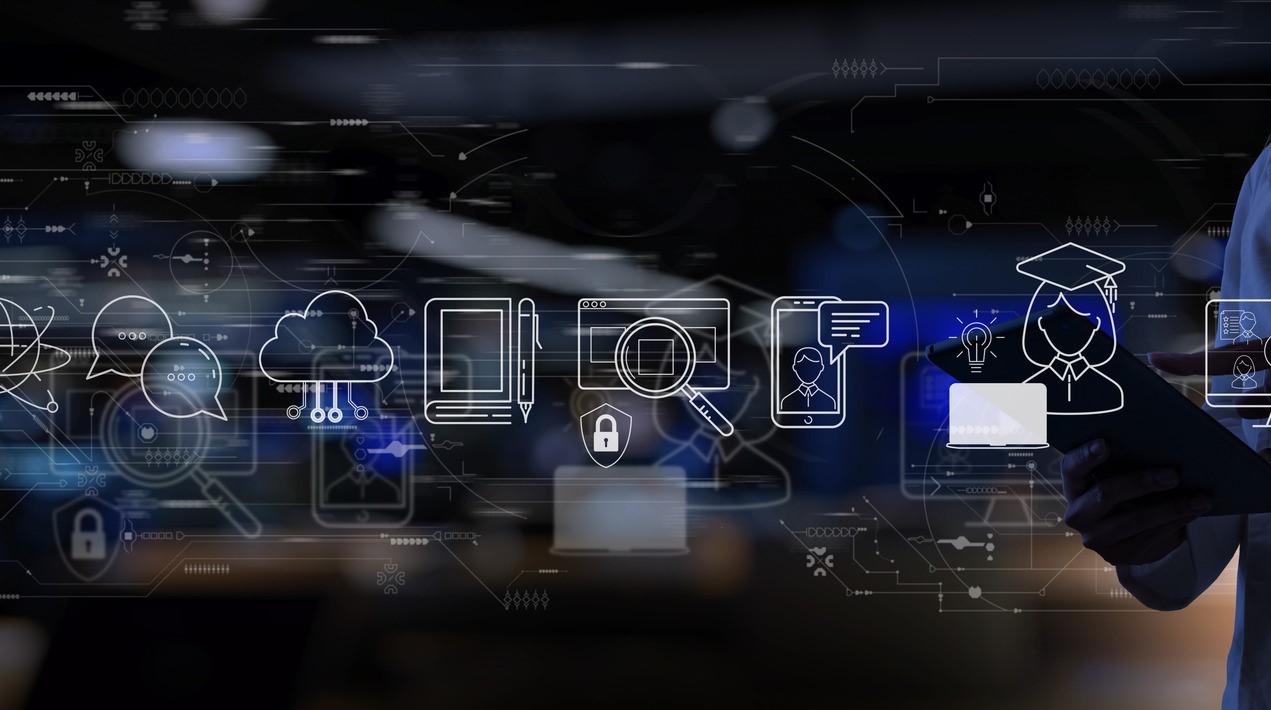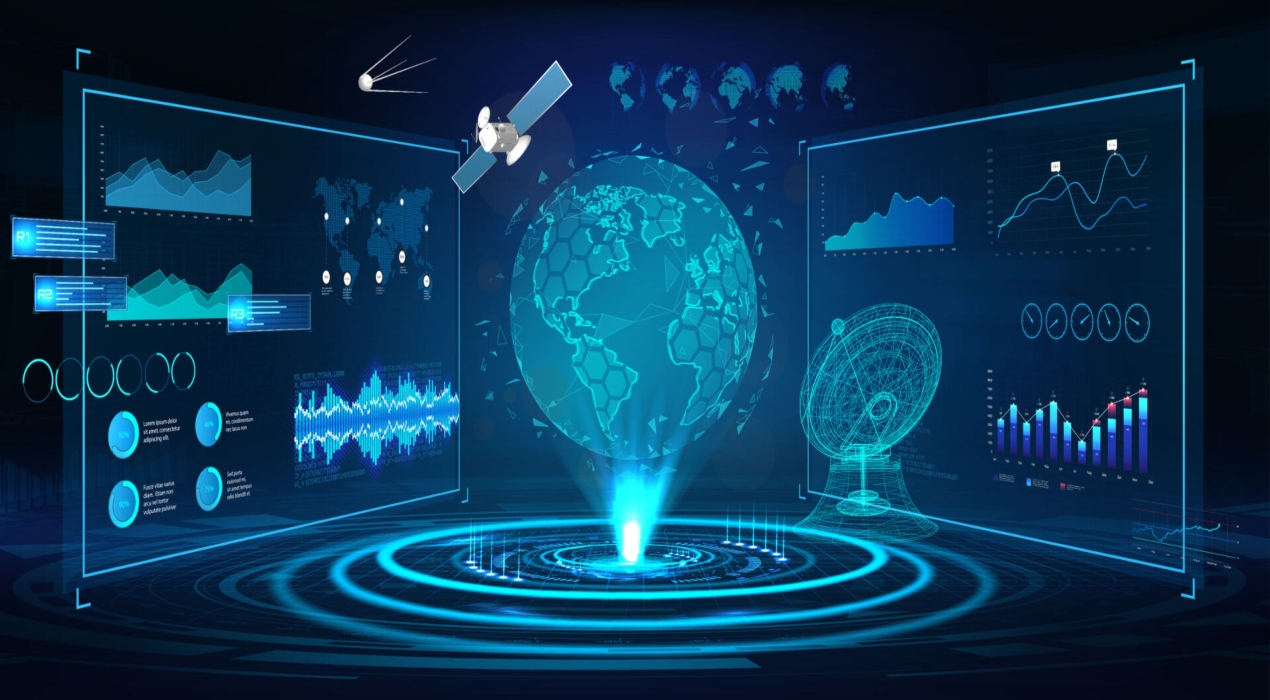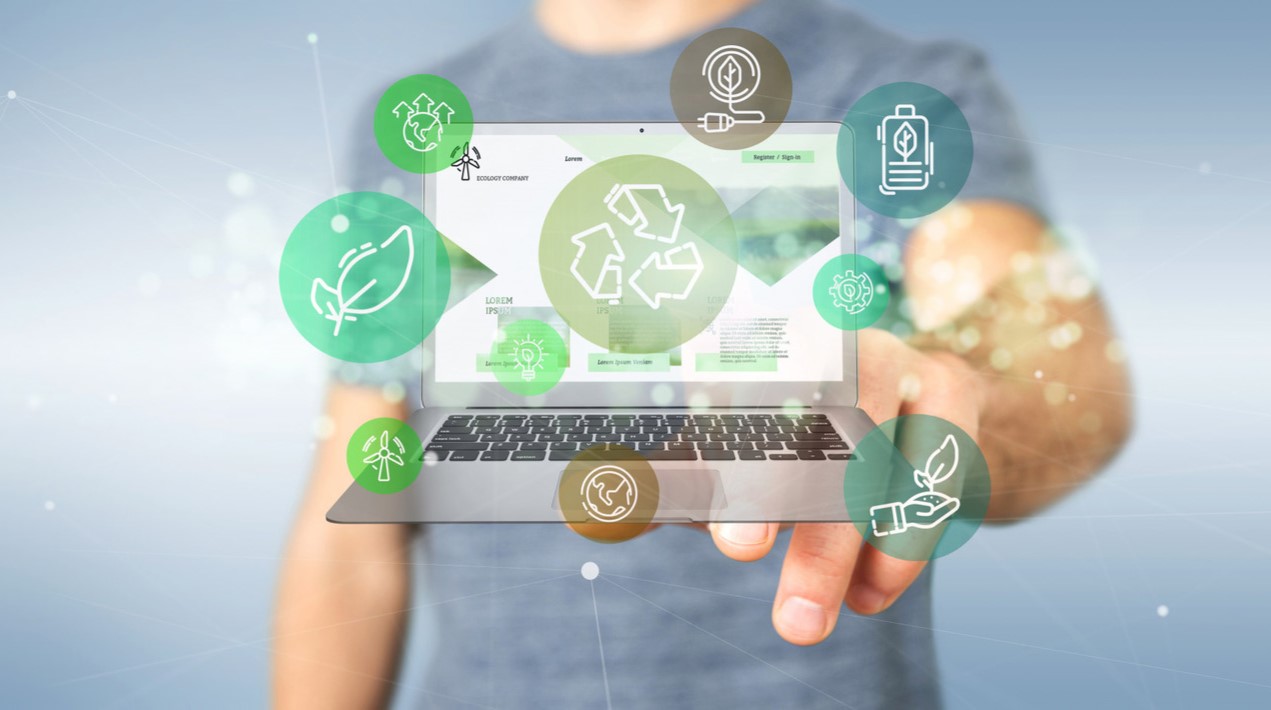
The Department of Information and Communications Technology (DICT) relayed some positive news to business owners in Ifugao who were looking forward to faster and easier processing of business applications.
In a press release, the DICT announced that it has launched in the municipality of Alfonso Lista, Ifugao the Electronic Business Permits and Licensing System or the eBPLS. This application grants more efficient processing of business permits and license applications to company owners as such transactions can now be made online.
Ifugao Mayor Edralin Alipio expressed his enthusiasm over the project, saying that having an online permits processing has been a “long-time dream for Alfonso Lista [which] is now a reality”. The Ifugao municipality has been anticipating progress in business processing and automation which it believes can spur an increase in the number of projects it can implement. This increase in business undertaking can, in turn, boost revenue generation..
Under the eBPLS, a system which was formally launched on 20 November, owners of businesses and other end-users can forego long lines and slow permits processing by simply logging in and securing their business needs on the internet.
The eBPLS uses a cloud-based software which was developed by the DICT. The new system caters to both filing and renewal of business permits. The DICT added in their statement that IT officers, business permits and licensing officers and Treasury personnel have undergone users’ and data build-up training this month to be able to assist in the proper implementation of the eBPLS.
The municipality of Alfonso Lista is the first in the Cordillera Administrative Region to implement the online processing system in an attempt to ramp up the local business environment there.
Aside from Alfonso Lista, the municipalities of Tinoc and Lamut in the Ifugao province are set to follow suit in adopting the eBPLS.
Speaking about the hurdles that their team had to undergo for the adoption of the eBPLS, DICT Ifugao Provincial Officer Donald Trinidad emphasised that, “the road towards the implementation of eBPLS here has been challenging knowing the struggles in connectivity in the Cordillera and the lack of needed ICT resources”. To this, he added that their team was able to launch the e-project with the aid of other government agencies.
The new online system is a project of the DICT in partnership with a slew of other government agencies including the Department of the Interior and Local Government (DILG) and the Department of Trade and Industry (DTI).
DICT Secretary Gregorio Honasan II announced that aside from the implementation of eBPLS to other municipalities, they are also set to intensify their adoption of several e-governance programs in order to fuel a digital transformation in the government sector.
Aside from business automation services, the DICT has also amended this year its first-ever program which uses cloud technology. The department has reiterated the benefit of using this technology which can be used for seamless government service.
Promoting ease of doing business in the Philippines
The rollout of several undertakings by the executive branch of the government is in line with the directive interposed by President Rodrigo Duterte. In an earlier statement, Duterte has announced plans of reducing requirements and processing time of government transactions.
To comply with this directive, Republic Act 11032, otherwise known as the Ease of Doing Business and Efficient Government Service Delivery Act was enacted in 2017.
Under R.A. 11032, several amendments to the Anti-Red Tape Act of 2007 were introduced. One salient provision of R.A. 11032 includes the conduct of a “zero-contact policy”. Under this provision, no government employee shall be permitted to have contact with any applicant unless strictly necessary with regard to matters concerning applications or requests. All transactions shall be coursed online after the DICT has completed a web-based software that shall be used as a business registration system. All government agencies and local government units shall be covered by the zero contact policy.
















